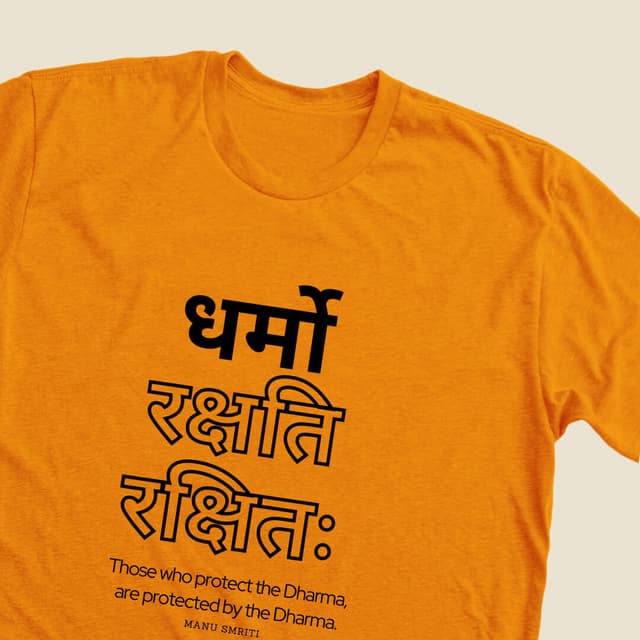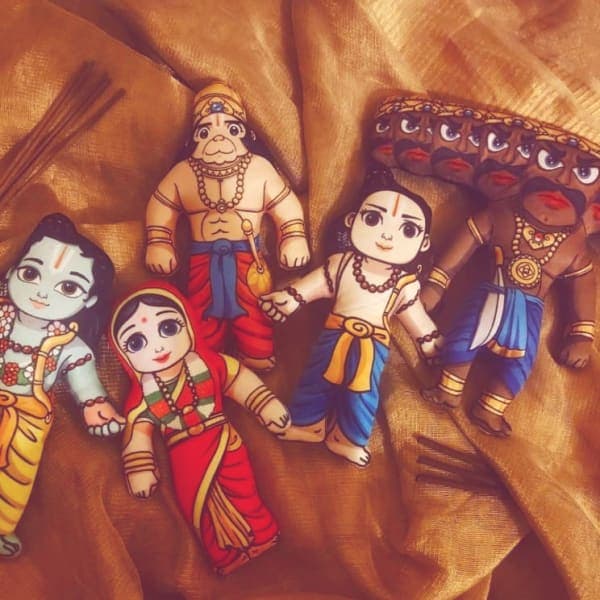The 4 Purusartha – The Purpose and Way to a Full and Happy Life
Purusartha means the purpose of a person’s efforts. It implies our goals or purpose of life. Purusartha is exceptionally important that our goals or purpose in life should be very clear. It is just like a weapon by which the human beings protect their lives and control themselves.
4 Purushartha
It is eternal. It means an object of human pursuit. It is as contextual in contemporary India as it is in modern India. Puruṣārtha literally means those actions that are proper and right. It is a key concept in Hinduism. It refers to the four ultimate goals of human life. The four purusartha are :
Dharma (righteousness),
Artha (prosperity),
Kāma (pleasure, love) and
Moksha (liberation).
Puru Sharta is necessary and sufficient for a fulfilling and happy life. Puru Sharta is a Sanskrit compound. The term consists of two words, “Purusha” and “Alta”. The word “Purusha” means “human,” “soul,” and “the principles and soul of the universe.” The word “alta” means not only wealth and value, but also purpose and purpose.
Therefore, the word “Purusharta” etymologically means the purpose or purpose of life. Puru Sharta is extensively elaborately crafted in Mahabharata, a magnificent Indian poem that includes Bhagavad Gita, and is interwoven with yoga philosophy at the deepest level. Each of Puru Shastra has many scriptures dedicated to it (Kama Sutra, Dharmashastra, Arsa Shastra, etc.).
Purusarthas are also known as the Caturvarga.
In Mahābhārat it is also mentioned that the ultimate aim of life is to attain moksha or liberation in the path of Dharma.
All four puruṣārthas are important, but in the case of conflict, Dharma is considered more important in Hindu philosophy than Artha or Kāma. Moksha is considered the ultimate ideal of human life. Ancient Indian literature emphasizes Dharma first. If Dharma is ignored, Artha and Kāma profit and pleasure respectively lead to social chaos.
As an example, Gautam Dharmashāstra [Gautama Philosophy], Apastamba Dharmasūtra [Apastamba Philosophy], and Yājña valkya Smṛti all suggest that Dharma is first and more important than Alta and Kama.
Kama Sutra states that Alta is more important and needs to precede Kama. Dharma, on the other hand, is more important and needs to precede Karma. Dharma, on the other hand, is more important and needs to precede both Kama and Alta.
Kautiliya’s Arthashastra (Kautilya Philosophy) claims that Artha is the other two foundations. Without prosperity and security at the social and individual levels, both moral life and sensuality are difficult. According to Chanakya, poverty creates vices and hatred, and prosperity creates virtues and love.
Chanakya also considers all three to be interrelated and one should not stop enjoying life. , Good deeds, pursuit of wealth creation. Moksha is considered by Hinduism to be the ultimate goal of Paramapurusharta or human life.
Dharma:
The Indian expression for right action is dharma.
It is referred to in the Mahabharata as an ethical concept defined as what is right and good. In the mimamsa, dharma is a means to an end. This means that goals such as artha and kama must be achieved through righteousness, honesty and integrity.
One can posses artha through stealing and can become rich and through it can get all pleasures of life. But is this the dharma of a person? In Mahabharata, Dharma is described as a supporter of society. Daruma is obligatory. Achieving the best, or moxa or liberation, is higher good
At all stages of one’s life, whether as a student or as a family member, as a forest dweller or an ascetic, one must accept the Dharma as supreme. An IAS officer has gained a lot of wealth, money and pleasure in his life, but these have been obtained through honesty and honesty in the performance of his duties and not through bribery, corruption or other misconduct; only then does his Life will have meaning, otherwise artha and kama without Dharma will be meaningless.
Dharma is the most important urge and should be developed to regulate both artha and kama. If Dharma is a common regulator, it is difficult to achieve, but Moxa or liberation is a common goal. Under the wise regulation of Dharma, desires must be fulfilled, wealth created and used well.
But all three incentives must be modified and organized so as to lead man to self-realization in his search for the best benefit. Dharma also refers to Varnashrama Dharma, i.e. selection of duty based on one’s competencies and stage in life.
Artha:
In one of the old Sanskrit lexicons, ‘artha’ is said to mean-meaning, money, a thing, and possessions. Artha also means attainment of wealth, worldly prosperity, benefits, profit and wealth. Artha, is a powerful motivator in human nature. Therefore, the acquisition of the means of material well-being is a legitimate social and moral purpose.
Today everyone is running after money. People need money for food, clothing, housing, transportation, higher education, luxury, fame, and more. However, if the pursuit of money or possessions is unchecked, it leads to self-indulgence or greed that blocks the path to the highest good, moksa.
In one of the Pali texts, it is stated that “Whoever enjoys his wealth and works with it in praiseworthy works, experiences pleasure and happiness.” It has therefore to be coupled with charity, also to Kautilya “wealth and wealth alone is important in as much as charity and desire depend on wealth for their realization.” Artha helps in the attainment of Kama; also Prof. Hiriyanna affirms that artha is ordinarily acquired for kama.
Kama:
Kama is ordinarily termed as pleasure. Pleasure is defined in Kamasutra as follows: “Kama is the enjoyment of suitable objects by the five senses of hearing, feeling, seeing, tasting, and smelling, aided by the heart and soul.”
The pursuit of pleasure and satisfaction of desires is the strongest and most effective stimulus for individual progress. It is said: “Everything that a person does is inspired by kama.” Since Manu considered kama as desire, it can be said that it is desire for pleasure. It can be sensual pleasure, mental pleasure derived from job satisfaction, desire for sexual pleasure, etc.
Everyone wants it, which gives them the joy and luxury of life. No one wants to stay at the bottom. People feel that money is an important factor in achieving the joy of life by satisfying our desires. So one may put artha as a means to kama as an end. But now, is that all? Is the purpose of human life fulfilled? How is this artha acquired? How well it is utilized in our life? T
o answer these questions, what one need to do is, to follow his dharma. Let us see how.
Moksa:
Etymologically moksa means to get ‘rid off’or ‘release’. Also it is commonly understood as liberation.
In the Bhagavad Gita, moksha is referred to as supreme peace and supreme bliss. This is self-pleasure, self-satisfaction, self-satisfaction and self-realization. It is the highest end of life, attainable only by the individual himself, with the help and guidance of dharma.
Moksa as the ultimate goal means that it is impossible to attain without first fulfilling the obligations of the other three. It is a state of non-action. It is not that on death moksa is attained. Being the ultimate value of man’s social existence, the purushartha of moksa is an end in itself. Beyond that, man has nothing to attain.
This is the stage in which human beings stop craving and, with it, the need for achievement and satisfaction. It is the realization and living of truth, namely Aham Brahma Asmi and Tat Tvam Asi. In other words, it is awakening the highest level of human consciousness, which is paramarthik satta.
The liberated person neither acts nor causes others to act. He may work for the good of mankind without moral obligation. But he has no duties to perform. It is a complete destruction of selfishness. We can call Moxa a lofty target. It can be recognized through mystical experience.
Many saints like Tukaram and Kabir spoke of him and in the end we all have to aim for him and only then will we be able to break out of the cycle of birth and death.
...




